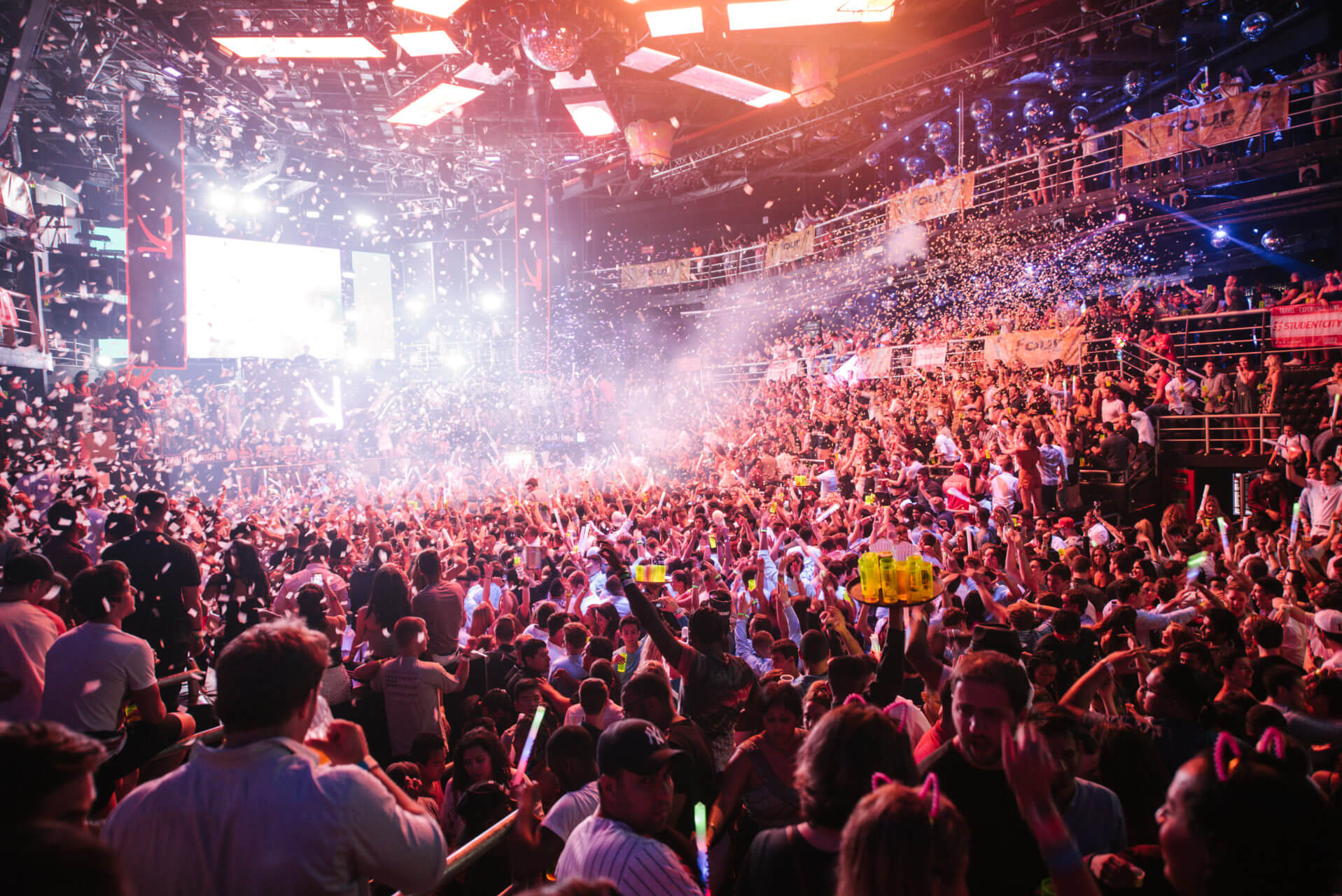The formalities and legalities of a wedding can be pskovmusic.ru as the “bone structure” of the ceremony. Without those legalities, without the correct words, documentation, certificates and authorities, the ceremony cannot be a legal one.
But the bare bones of such a ceremony can be – and ought to be – beautifully “dressed” with things that add to the meaningfulness and fascination of the ceremony. The very word “ceremony” reminds us that a wedding is one of the important occasions of one’s life, that it is something deserving all the pageantry and ritual that the couple may wish to include. This sense of something more than simply an official procedure can be expressed more informally, too – in which case the “ritual” is quite relaxed and with simplicity and charm.
Whether the marriage ceremony is formal or informal, whether it is traditional or modern, there is no doubt that beautifully chosen music adds to the atmosphere and character of the ceremony – and a first-class celebrant can help the couple to choose the music that best fits their occasion.
A marriage ceremony is not restricted to use only a set number of musical pieces. In fact, some weddings – usually elaborate ones – can include a quite astonishing amount of music. Some – very simple ones – might opt to include virtually no music. But my recommendation as an Authorised Marriage Celebrant is that the couple include a minimum of one piece, to be performed or played during the Signing of the Register.
Many wedding ceremonies also have music played as the bride walks down the aisle; this is called the Bride’s Processional. Equally many wedding ceremonies include music to be played as the bride and groom walk out together once the final words of the ceremony have been spoken; this is known as the Recessional.
These are not the only places in the ceremony where music may be played or performed. Before the ceremony begins, there may be music quietly played to set the mood or keep the guests entertained; hymns may be part of a religious marriage ceremony; more music may be included before the vows or after the vows; and so on. There really are no bars to having as much music as one wants, or as little music as one wants.
Both the Processional and the Recessional tend to be Wedding Marches – that is, pieces which have a graceful beat and ceremonial quality that adds to the atmosphere of a traditional wedding. A wide variety of pieces fall into this category; for example, the Wedding March from Wagner’s Lohengrin, pieces from Handel’s Water Music, the Pachelbel Canon in D, the Wedding March from Mendelssohn’s Midsummer Night’s Dream, virtually all Trumpet Voluntaries, to name but a few.
During the Signing of the Register, music by Mozart, Handel, Bach, Beethoven, Purcell, Monteverdi and many more can be used. The duration of this music should be at least 5 minutes.
Couples may choose to include music from other cultures – Indian music, music from China or Japan, pop music from Italy or Volksmusik from Germany, for example. So much music can add quite a fascinating quality to the ceremony, and the sense of ceremony will not be diminished if the music is chosen for its meaningfulness to the couple.
Equally, the use of music not usually associated with weddings – rock and roll, country music, medieval music, any sort of music – can be used if the couple wishes. A first-class celebrant will be happy to explore whatever genre of music will be appropriate for the bridal couple, and can offer a multitude of suggestions.



